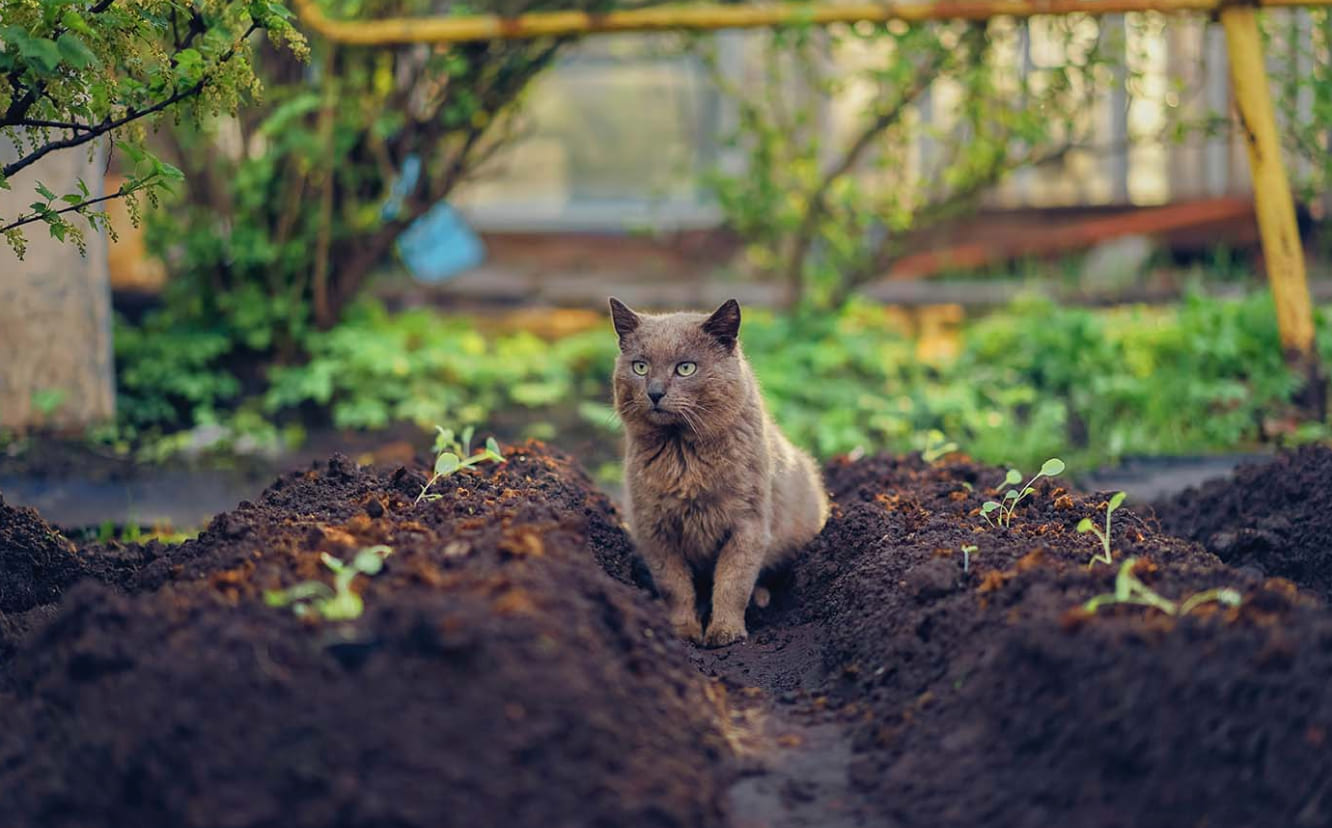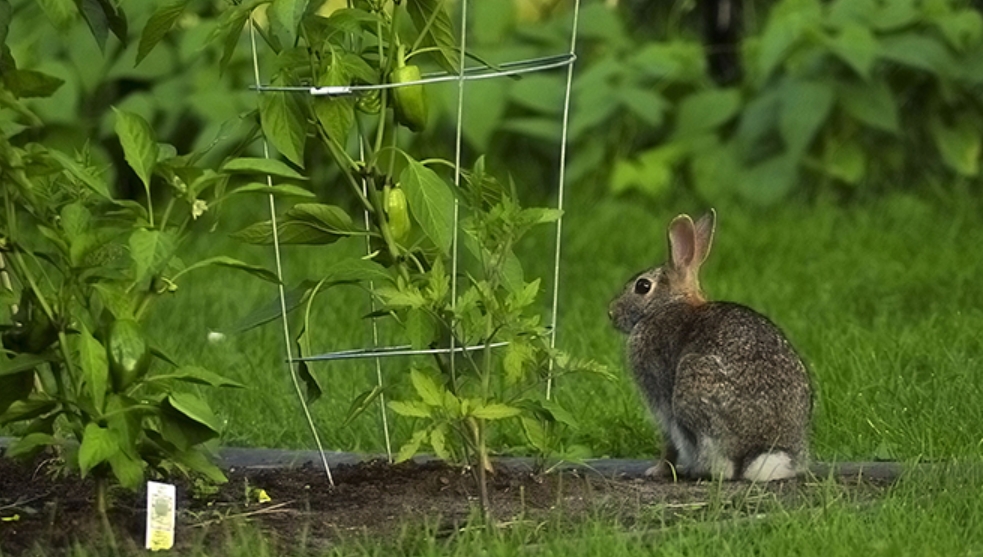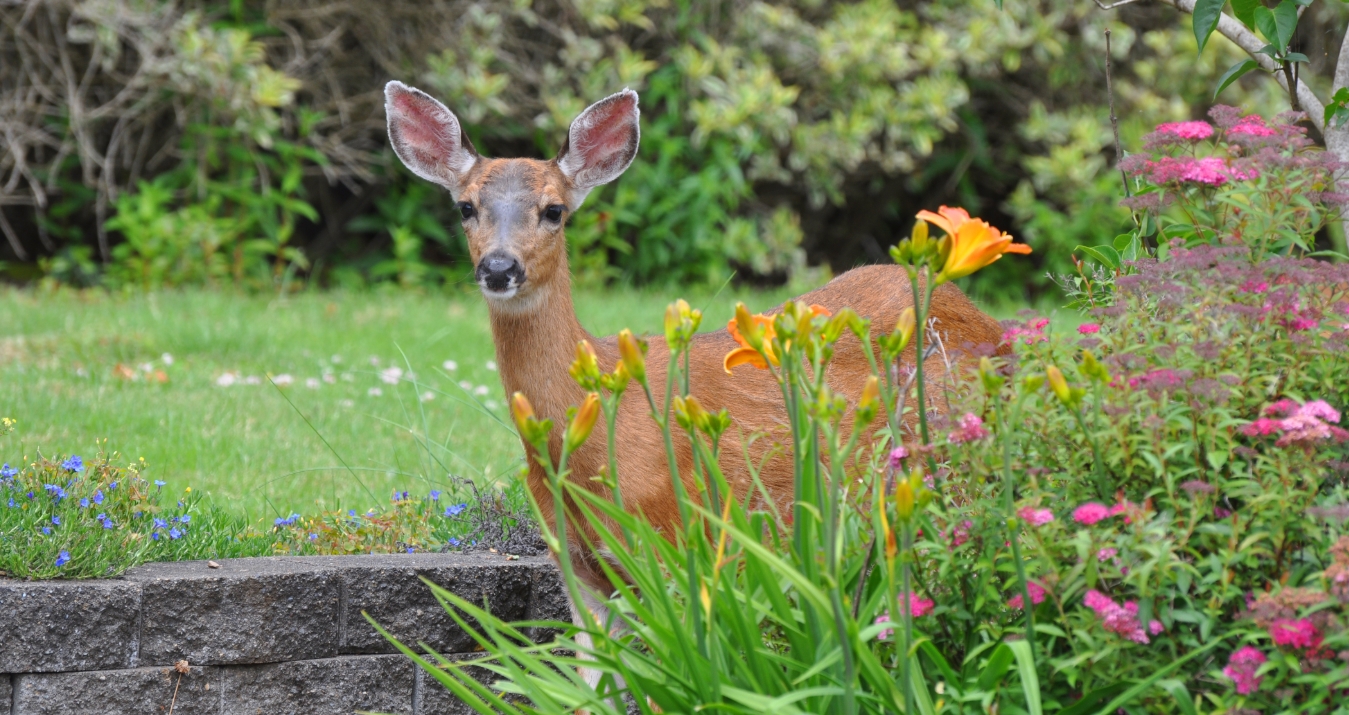
Cats are curious creatures, and unfortunately, they often find garden beds an irresistible place to explore, dig, and even use as a litter box. While some may love having outdoor cats around, their impact on garden plants and aesthetics can be significant. If you want to keep your garden thriving and cat-free, you can try various humane and practical solutions. This article will explore 7 methods, ranging from physical barriers to natural deterrents, to help you protect your plants from unwanted feline visitors.
Table of Contents
1. Use of Physical Barriers
Raised Garden Beds
Raised garden beds are a fantastic way to protect your plants from cats. Their height alone makes it more difficult for cats to jump in, and the narrow structure can discourage them from trying. Raised beds also help to keep the soil fresh and well-drained, providing a better environment for your plants while making it harder for cats to dig.
Fencing
Fencing is another practical way to keep cats out of your garden. Materials like chicken wire or mesh can create a barrier around your garden beds. The key to adequate fencing is ensuring it’s tall enough (at least 3-4 feet) and securely anchored into the ground. Cats are good climbers, so angle the top of the fence outward to prevent them from jumping over.
2. Natural Deterrents
Citrus Peels and Oils
Cats are known to dislike the smell of citrus. You can use this by placing citrus peels (from oranges, lemons, or limes) around your garden beds. Additionally, essential oils like lemon or orange can be diluted and sprayed around your garden. This natural method is safe for your plants and effectively deters cats.
Coffee Grounds
Used coffee grounds can serve as a natural fertilizer and a cat deterrent. Cats are not fond of the smell of coffee, and sprinkling used coffee grounds around your garden beds can help keep them at bay. It’s a win-win: using something that would otherwise go to waste, and your plants get nutrients.
Lavender, Rosemary, and Other Cat-Repellent Plants
Certain plants are naturally repellant to cats due to their strong scents. Cats avoid lavender, rosemary, and rue, just a few examples of plants. Incorporating these plants into your garden can naturally discourage feline visitors while adding fragrance and beauty to your space.
3. DIY Solutions
Motion-Activated Sprinklers
Motion-activated sprinklers are a highly effective way to keep cats out of your garden. These devices detect movement and spray a quick burst of water, startling the cat and sending it on its way. Cats dislike being sprayed with water, making this an excellent deterrent. You can adjust the settings on some models to ensure that they activate only when a cat is nearby, leaving the rest of your garden unaffected.
DIY Cat Deterrent Mats
Another DIY solution involves using cat deterrent mats. These mats have small, spiked surfaces that make them uncomfortable for cats to walk on. By placing these mats around the edges of your garden beds, you can create a physical barrier that prevents cats from entering without causing them harm. You can buy these mats or make your own using inexpensive materials like plastic or wire mesh.
4. Commercial Solutions
Cat Repellent Sprays
If natural methods aren’t cutting it, numerous commercial cat repellent sprays are available. These sprays typically contain scents that cats find unpleasant, such as cinnamon, citronella, or peppermint. While these sprays can be effective, choosing a non-toxic, pet-safe formula is essential to avoid harming your garden or the cats.
Ultrasonic Cat Deterrents
Ultrasonic cat deterrents emit a high-pitched sound that is unpleasant for cats but inaudible to humans. These devices are activated when a cat enters their range and can help deter cats from entering your garden. While effective, ultrasonic devices may also affect other wildlife, so choose one that is safe for the environment.
5. Making Your Garden Less Attractive to Cats
Mulching and Ground Cover
One of the reasons cats love garden beds is because the loose soil provides an ideal spot for digging. To discourage this behavior, use mulch or other types of ground cover like pine needles, stones, or wood chips. These materials make it harder for cats to dig and may also help retain moisture in the soil, benefiting your plants.
Proper Garden Cleanliness
A clean garden is a less inviting garden for cats. Remove fallen leaves, food scraps, or other organic matter that may attract cats. Keep your garden tidy by regularly trimming plants, cleaning pet waste, and removing debris. A well-maintained garden is less likely to draw unwanted attention from local cats.
6. Training Your Own Cat (If Applicable)
If you have a pet cat, you can train it to stay out of garden beds. Start by creating boundaries and using positive reinforcement whenever your cat leaves the garden. You can also use physical deterrents like double-sided tape or commercial sprays to teach your cat to avoid the area. Consistency is key when training your cat to respect garden spaces.
7. Alternative Outdoor Spaces for Cats
If you have outdoor cats in the neighborhood, consider creating a designated space for them to explore. A cat-friendly zone with grass, catnip, or a small sandbox can allow cats to roam without damaging your garden beds. Giving them a place to call their own can reduce the temptation to enter your garden.
8. Conclusion
Keeping cats out of your garden beds is a matter of using a combination of tactics to deter them without causing harm. Many options are available, from physical barriers like raised beds and fencing to natural deterrents such as citrus peels and coffee grounds. Experiment with different methods to find the best solution for your garden, and be patient—sometimes, it takes a little trial and error to achieve a cat-free garden. Ultimately, with the right strategies, you can keep your plants safe and your garden free from feline visitors.



